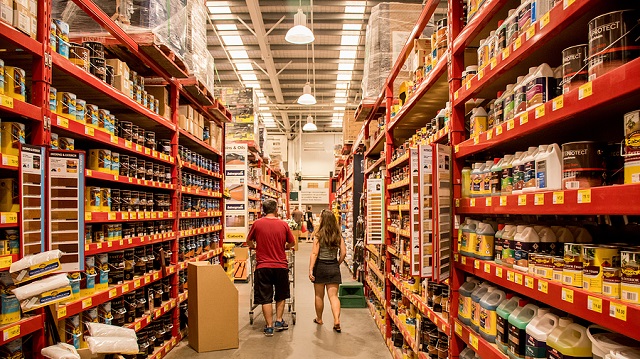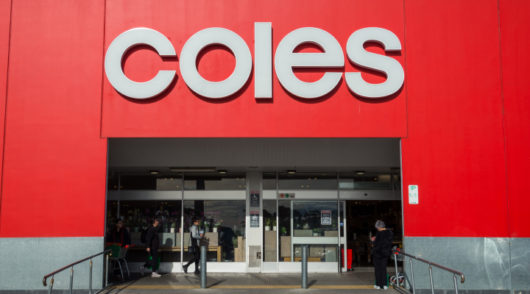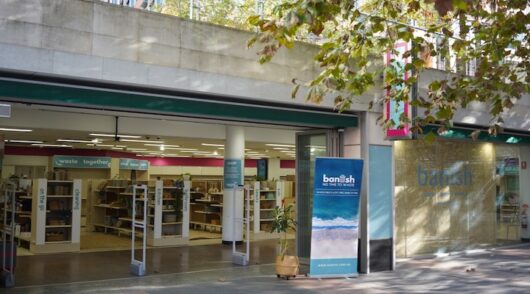Retail sales in July may have grown, but the National Retail Association (NRA) cautioned retailers to be mindful of volatile times ahead.
The preliminary report for July released by the Australian Bureau of Statistics on Friday showed a 3.3 per cent rise, seasonally adjusted, on the June figures with each state and territory experiencing increased turnover except Victoria.
Turnover rose 12.2 per cent compared to July 2019.
“The results are certainly very good, but we need to be mindful that we are operating in an incredibly volatile time,” said NRA CEO Dominique Lamb. “There’s a lot that’s still to play out and there are myriad variables at play.”
“The key question to ask is ‘how long will the good times last?’ Subsidies such as JobKeeper and JobSeeker will have to end eventually and the events in Victoria demonstrate that a second-wave is possible in any state,” she added.
Lamb said the road to recovery will remain a long and arduous one.
She said at present, only around 80 per cent of shopping centre stores are trading and the drop in tourism dollars from international and domestic border closures are bound to have an impact.
“The point isn’t to talk down these good figures, it’s to remind everyone that things can change at any minute and these results do come off the back of temporary government assistance,” Lamb said.
“The August report will include the impact of the Stage 4 lockdown across Victoria and it will be interesting to see if it unveils a hit on consumer confidence more broadly.”
Australian Retailers Association (ARA) CEO Paul Zahra said it goes without saying that the effect of physical store closures within Melbourne and broader Victoria is crippling. And while the concession of online trading during this time is a significant plus, the majority of revenues for all retailers are still within physical store operations.
“Certainty is critical right now,” Zahra said. “With many retailers considering their options as we head into the all important final quarter of trading for 2020 – traditionally at a time when stores make their greatest financial gains and replenish their cash reserves.”
According to Zahra, the Victorian Government’s decision to extend the state’s Commercial Tenancy Relief Scheme until December 2020 is providing a critical lifeline to Victoria’s hard-hit retail sector, giving significant relief to small and medium-sized retailers suffering due to the impact of government lockdowns.
“The two greatest pain points for retailers are rent and payroll costs, which is why we have been calling for an extension to the Commercial Tenancy Relief Scheme in line with the introduction of Jobkeeper 2.0,” Zahra said.
“We thank the Premier and the Treasurer for their continued engagement on this Code and for offering this certainty to local businesses,” he added. “This will ensure the pain of lockdowns is shared between tenants and landlords and help reestablish a sustainable retail sector and a return to vibrant shopping centres and precincts.”
Retailers with a turnover below $50 million and which are eligible for the JobKeeper program are covered by the code, which provides tenants with rent reduction proportionate to decreases in turnover.
Zahra said the impact of Victoria’s restrictions will be felt across state boundaries and urged the other states to follow suit and extend the operation of their Code to hard-hit retailers.
“Businesses which continue to access JobKeeper need continued support to remain viable in the long run,” he said.
According to ABS figures, at the national level, household goods retailing led the monthly rises across the industries in July. Turnover in household goods was 30 per cent above the levels of July 2019, with sales of furniture, whitegoods and electrical items remaining high.
Other retailing and department stores saw similar monthly rises to household goods in percentage terms.
Food retailing saw a rise of 1.2 per cent, with supermarket and grocery store turnover elevated in Victoria especially, with spikes in sales of non-perishable items evident in July.
“The rise across the rest of the country was driven by continued strength in household goods retailing, and the recovery in cafes, restaurants and takeaway food services, and clothing, footwear and personal accessory retailing,” said Ben James, director of Quarterly Economy Wide Surveys.
“Victoria’s decline in retail turnover coincided with increasing numbers of Covid-19 cases, and the re-introduction of Stage 3 stay-at-home restrictions in July, impacting turnover.”






